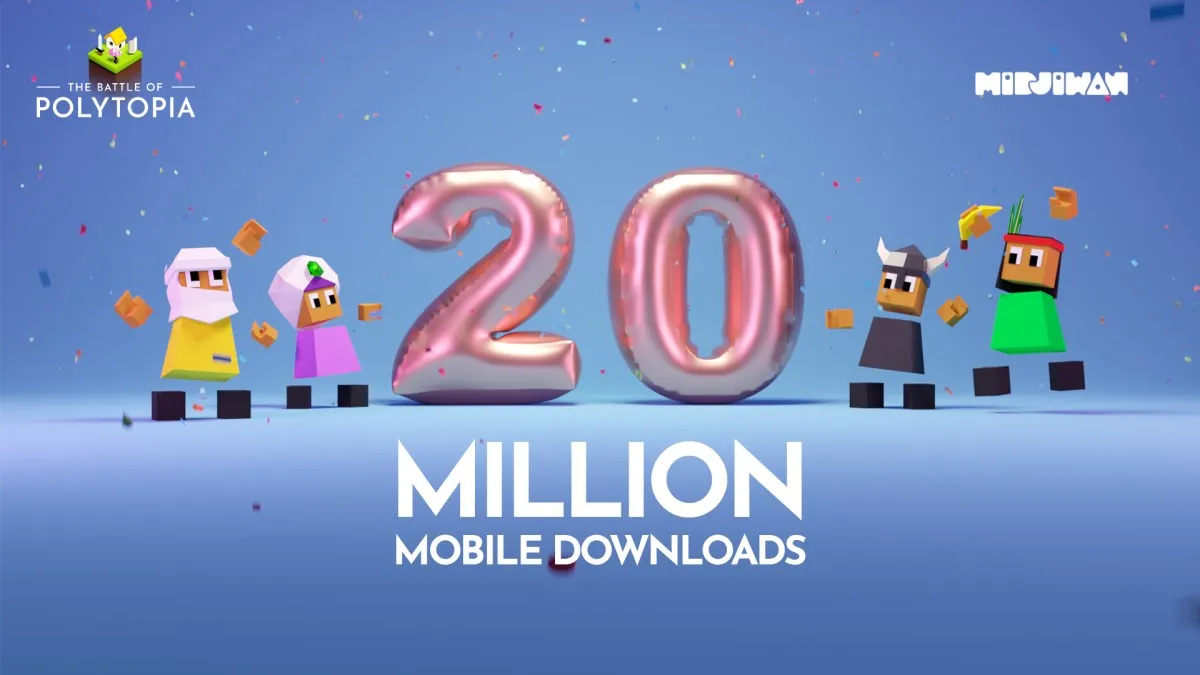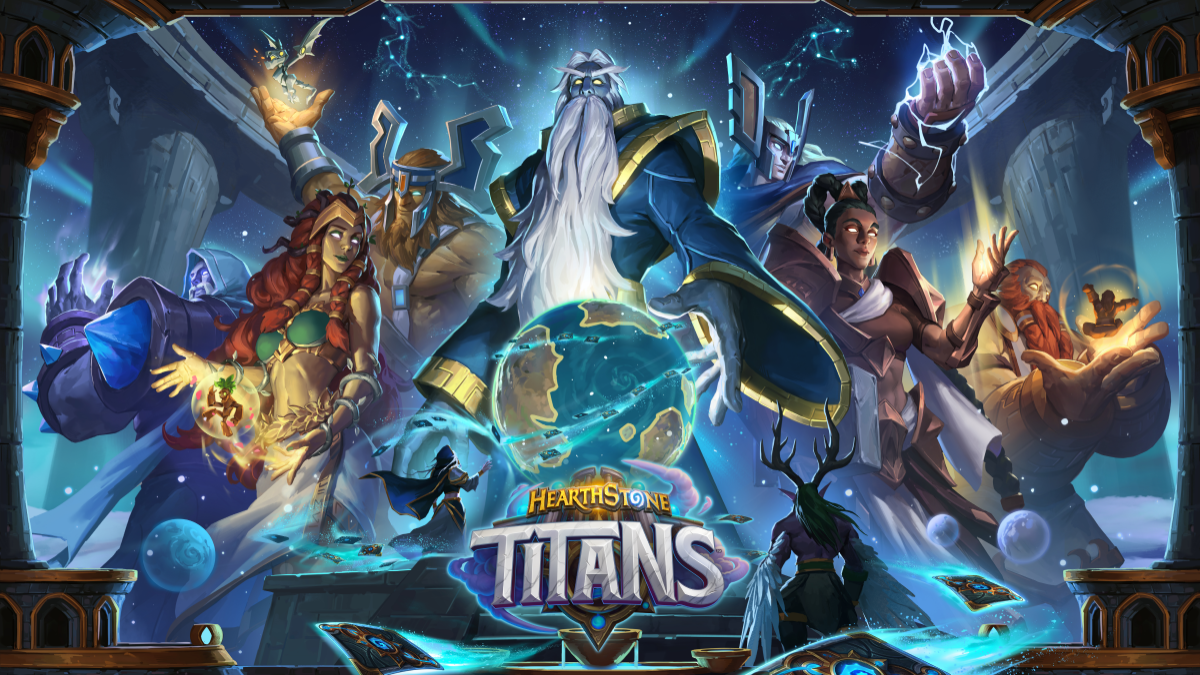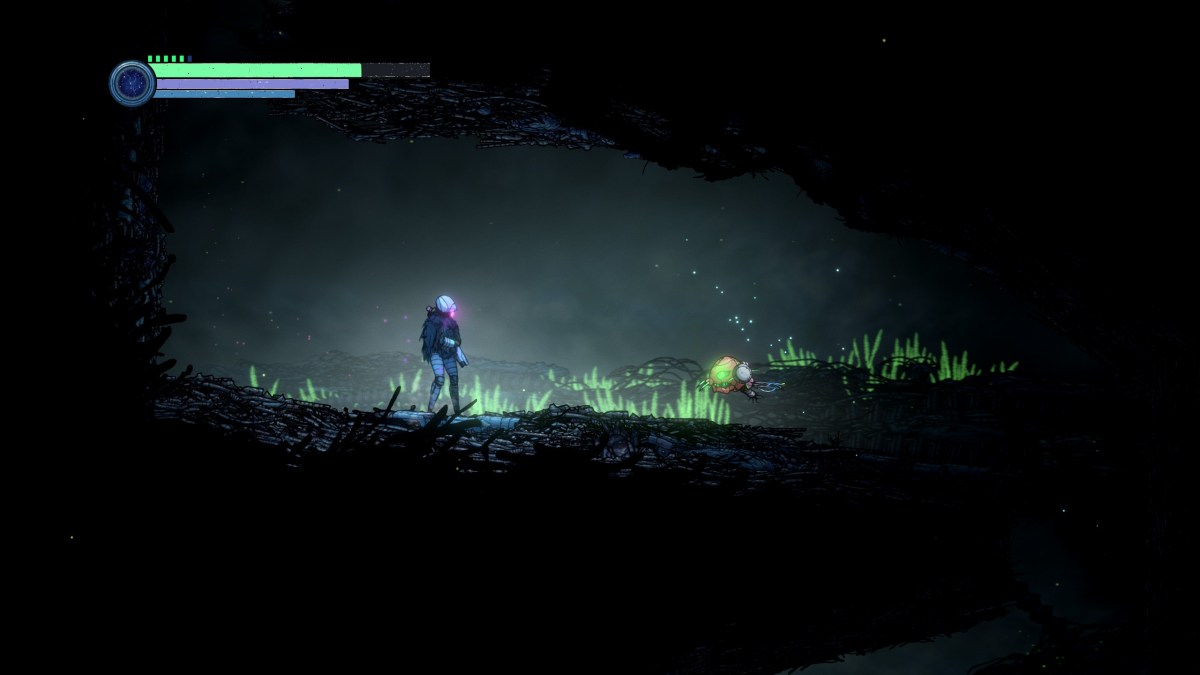There are few, if any, genres within gaming that can claim to be as competitive and as densely populated as that of the first-person shooter. With recent releases from established, powerhouse franchises Call of Duty, Halo and Medal of Honor anyone else wanting to get in on the action is likely to find the going more than a little tough.
Atomic Games’ Breach is aiming to enter the battlefield next year as a download only title with promises of organically destructible environments the like of which we’ve never seen before.
We sat down with Peter Tamte, President of Atomic Games, to talk a little about the thinking behind Breach, his own history in the games industry and the much troubled Six Days in Fallajuh project.
IncGamers: How much of a design headache is it to allow for destructible environments? For example, how do you prevent every map becoming a pile of rumble within minutes?
Peter Tamte: Initially that is how we had it; you could pretty much destroy the whole level because technologically the engine could handle it. Every time we play tested it that’s exactly what happened, they just destroyed the whole thing.
So, there are two things we do, we balance the weapons so we have a realistic ballistic model inside the game and so there are not a lot of weapons that can cause the big scale destruction – there are not a lot of RPGs on each map, for example.
The second way is by making certain things indestructible, intentionally indestructible. We try as much as possible to create a visual language for that so people can say ‘oh, that stone wall inside the tunnel is probably not as destructible as that wooden shack over there’. The balance of that came through play testing, a lot of play testing.
So, how long has Breach been in development?
We started developing Breach in December of last year. The engine itself, the Hydrogen Engine, was already built and that took about three years to build… three to four years to build.
What can you tell us about the maps?
There are five maps in total, four of those maps are daytime maps and the fifth is a night time version of one of those. If the game is successful our hope is that we’re going to be in a position to release some additional maps in the form of DLC. Ideally that’s what we’d like to see. It kinda depends on how it grabs the community.
You’ve spoken before about the levelling up/XP system, how exactly does that work?
You earn experience points from kills, assists and various victories. So, for example, if you capture a point you get experience points for that. What’ll then happen is that within each of the four classes, as you earn XP, you’ll automatically get weapons upgraded. In addition to that you can then go to the store to acquire weapons, perks and weapon attachments that are paid for with your points.
There is also a special fifth class, with is an unlock-able class, the recon class. Once you’ve earned enough experience points in two of the four standard classes you’ll unlock the recon class. The recon class gives you good long and mid-range capabilities but the trick is that the class is a little more difficult to use and is really designed for someone that has already played the game for quite a while.
{PAGE TITLE=Breach Interview Page 2}
And the game types?
There are five game types. In Infiltration the idea is to capture and hold various points on the maps. Convoy is an assault and defend game, which is unique to us, in which the assault point moves. When the defenders are near the convoy it moves across the map towards the exit point and the assaulting team tries to eliminate the defenders or disable the convoy vehicles. The assault team will win if they prevent the escort team from reaching the exit point.
Third is Retrieval which randomly spawns a weapons canister on the map and both teams try to locate that canister and then take it to their exit point. The fourth type is a standard Team Deathmatch. The fifth game type, which we’ve only recently announced, is Sole Survivor. Sole Survivor was inspired by the work that we do in the military training part of our business and the big thing is that there are no respawns. It forces people to move and shoot differently if you don’t have respawns, you play in a different way, and it’s much more fun.
How much has your experience creating military training software influenced Breach, just how realistic do you intend this to play?
The key thing we used our experience for was to enable military tactics that you can’t use in other games. Our point was not to reproduce those tactics precisely but to enable them, you’ve got to make them a little more accessible for a broader audience. An example of that, for instance, is that in Breach you can shoot bricks out of a wall to create a window to shoot out of… in real life they would poke those bricks out of a wall with a knife or with a gun but shooting them out is a game version of a real life tactic, it has the same effect.
In the military they call doorways ‘fatal funnels’ because everybody inside the room focuses their fire on the doorway and the first guy through the door usually gets killed. Therefore the military tries to enter through other routes, whether it be the ceiling or a wall, ideally you enter from two directions at the same time so that’s where a lot of the inspiration for the collapsible buildings came from. That came out of our experience with Six Days in Fallujah, because that’s something that happened a lot in the battle for Fallujah. So you can see how each of these different things that you can do in Breach were inspired by guys who actually use them in military operations.
And what’s your background? Has it always been within the games biz?
I built a company called MacSoft which was for a long time the number one Macintosh games publisher; a big player in a small pond… now that pond’s a little bigger. After that I went to work for Apple Computer, I ran Consumer Marketing for them right around the time Apple launched the iMac. After that I was one of the guys that helped run Bungie Software and then we sold Bungie to Microsoft and started a company called Destineer which makes family casual games. I then acquired Atomic Games about five years ago.
You’ve got a little bit of experience then…
A little bit of games experience and a little bit of hardware experience.
Are we ever going to see Six Days in Fallujah?
I sure hope so. It is frustrating because we are talking to a lot of publishers, as well as some prospective investors, but a lot of publishers are very stuck with not wanting to do things which are controversial. The frustrating thing for me about that is – ignoring the creative argument; the importance of the videogame medium becoming something than just about toys – focusing just on the economic argument, videogame retail sales in the United States have gone down two years in a row, I think in part due to the state of the economy, but a bigger part is that consumers don’t want to see the same kinds of games being cranked out over and over again.
If I were running one of the big publishers right now I’d think I was under a big threat because all the industry’s growth right now is coming from social gaming and iPod. The traditional part of our industry, the part it is was built upon, is shrinking. Videogame publishers need to do things different from how they’ve done them in the past and we think Six Days in Fallujah is exploring content that is more relevant and is just one of the ways publishers can do [things differently]. It’s really frustrating to see all these guys stuck in their ruts.
Recommended Videos
PC Invasion is supported by our audience. When you purchase through links on our site, we may earn a small affiliate commission. Learn more about our Affiliate Policy
Author
Paul Younger
Founder and Editor of PC Invasion. Founder of the world's first gaming cafe and Veteran PC gamer of over 22 years.
We have upgraded our commenting platform! Existing comments will be imported over the next few weeks.






Published: Dec 7, 2010 05:34 pm